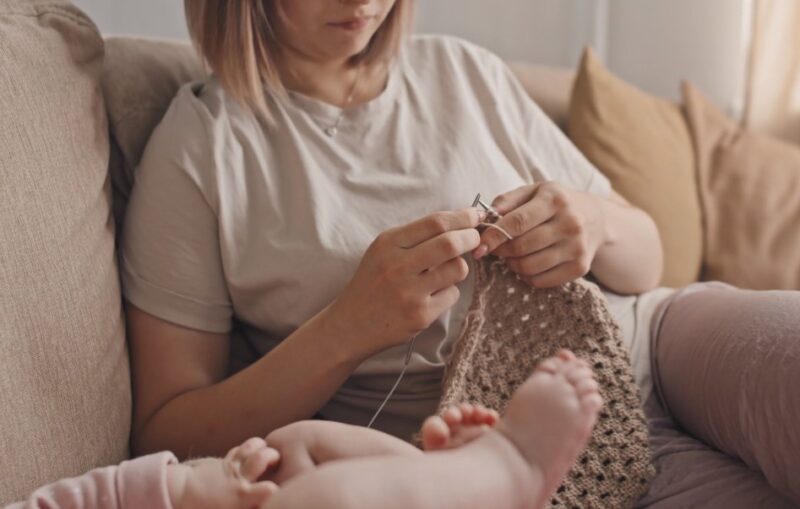My own crochet journey started with a simple moment. I was just a kid when my grandma showed me how to crochet, and that first chain stitch got me hooked (pun intended). I’m excited to guide you through this wonderful craft, from the absolute basics to some cool advanced stuff.
So, if you’re ready to get started or level up your game, let’s go!
The Essentials
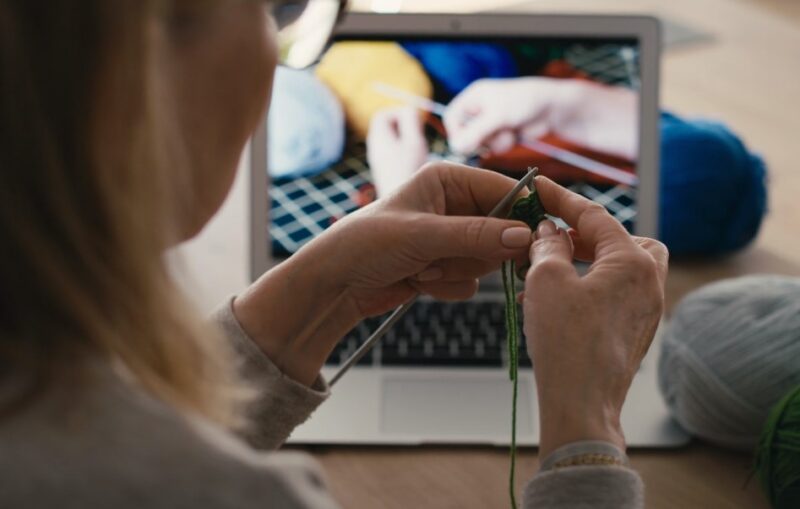
Crochet may seem intimidating at first, but don’t worry – it’s easier than you think! To begin, you’ll need a few fundamental tools and materials: a crochet hook, yarn, and a pair of scissors.
Choosing the right hook size and yarn weight is crucial, as it determines the final look and feel of your project. You’ll also want to familiarize yourself with common terms, like “chain,” “single crochet,” and “double crochet.” It’s like with making an origami crane or paper flowers; the practice is essential.
These are the building blocks of crochet, and understanding them is key to success.
Reading Crochet Patterns
One of the most exciting aspects of this craft is following patterns to create intricate designs. Crochet patterns are like blueprints for your projects, guiding you through each stitch and step. Learning how to read and decipher these patterns is essential for any crocheter.
We’ll walk you through the symbols, abbreviations, and charts commonly found in these patterns, so you can tackle even the most intricate projects with confidence. With practice, you’ll be able to create everything from simple scarves to complex lace doilies.
Basic Stitches
The Chain Stitch (Ch)
The chain stitch is the foundation of nearly every crochet project. It’s the starting point for creating rows of stitches and provides the necessary height for other stitches. To make a chain stitch, create a slipknot, place it on your hook, and then yarn over and pull through the slipknot.
This action creates a new loop on your hook, and you’ve just made your first chain stitch!
The Single Crochet (SC)
Once you’ve mastered the chain stitch, it’s time to move on to a single crochet. This stitch is compact and sturdy, making it perfect for a variety of projects. To create this stitch, insert your hook into the desired stitch, yarn over it, and pull up a loop.
You’ll have two loops on your hook. Yarn over again and pull through both loops. Congratulations, you’ve completed a single crochet!
The Double Crochet (DC)
Double crochet is a taller stitch that adds a bit more texture to your projects. To start this stitch, yarn over and insert your hook into the desired stitch. Yarn over again and pull up a loop, leaving three loops on your hook.
Yarn over once more and pull through the first two loops, then yarn over again and pull through the remaining two loops.
Building Your Skills
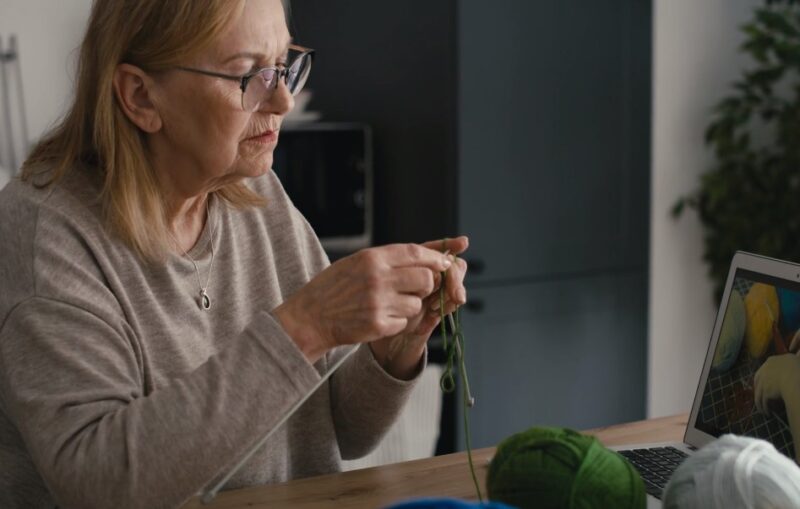
Increasing and Decreasing
As you become more comfortable with basic stitches, you can explore techniques like increasing and decreasing. These actions allow you to shape your projects, creating curves, and angles. Increasing involves adding extra stitches in a single stitch while decreasing removes stitches to create a tapered effect.
These techniques are essential for making items like hats, amigurumi toys, and shawls.
Changing Colors
Adding color to your projects can be a fun way to express your creativity. Learning how to change colors seamlessly is a valuable skill. You can create stripes, intricate patterns, and beautiful colorwork by simply switching yarn colors at the right time.
We’ll show you how to join new colors and carry the unused yarn along the back of your work, resulting in a neat and tidy finish.
Troubleshooting and Tips
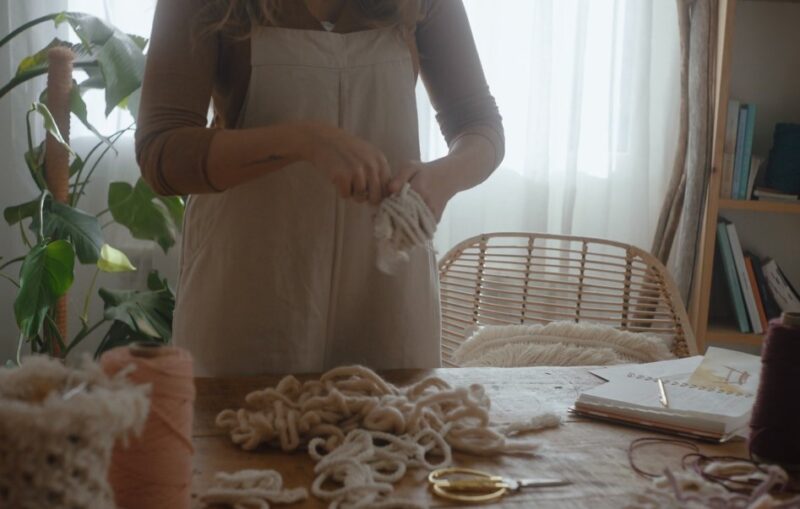
Fixing Common Mistakes
As a beginner, you might encounter some common mistakes, such as dropped stitches, uneven tension, or tangled yarn. Don’t fret – these are part of the learning process. We’ll provide you with step-by-step instructions on how to fix these issues and get your project back on track.
Remember, every experienced crocheter was once a beginner too.
Maintaining Consistent Tension
Achieving consistent tension is key to creating polished and professional-looking pieces. We’ll share tips and techniques to help you maintain even tension throughout your work, ensuring that your stitches are uniform and your projects turn out beautifully.
Exploring Advanced Techniques
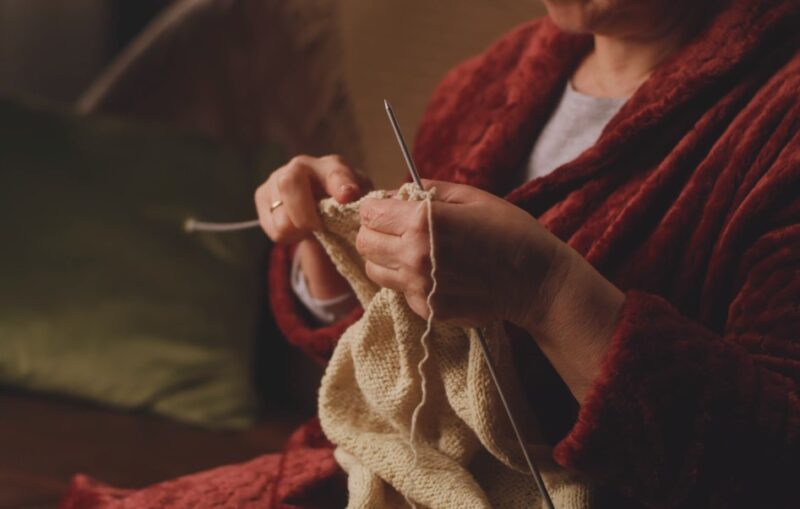
Tunisian Crochet
Once you’ve mastered the basics, it’s time to delve into advanced techniques. Tunisian crochet is a unique method that combines elements of both knitting and crocheting. It creates a dense, textured fabric that’s perfect for blankets and scarves.
Lace and Filet Crochet
For those looking to add elegance to their repertoire, lace and filet crochet are fantastic options. These techniques involve creating delicate, openwork patterns that are perfect for shawls, doilies, and decorative items.
Finishing and Blocking
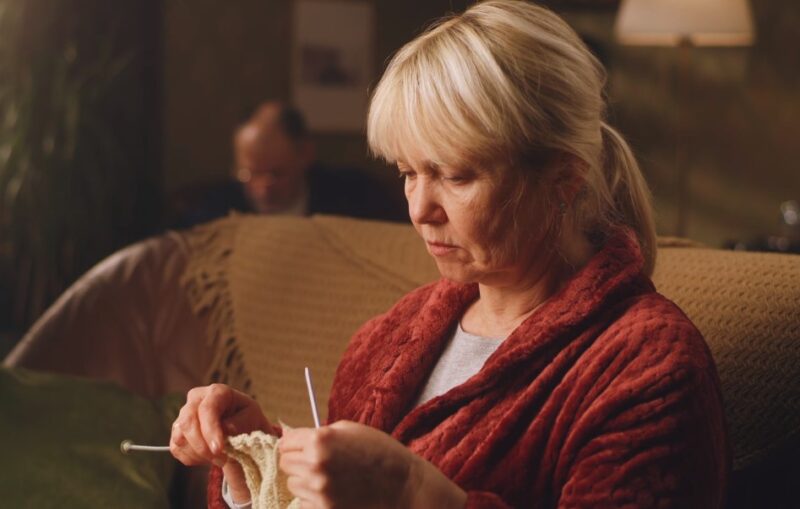
Weaving in Ends
As you complete your masterpiece, you’ll need to secure loose ends for a clean and polished finish. Weaving in ends is a crucial step in any project, and we’ll show you how to do it seamlessly, so your work remains intact.
Blocking Your Crochet
Blocking is the process of shaping and sizing your project to perfection. It’s especially important for items like garments and lacework. We’ll explain the blocking techniques, including wet blocking and steam blocking, and offer tips on how to achieve the best results.
Projects for Beginners
Easy Scarf
Ready to put your newfound skills to the test? An easy scarf is a perfect first project. We’ll provide you with a simple pattern and step-by-step instructions to create a cozy accessory you’ll be proud to wear or give as a gift.
Amigurumi Bear
Amigurumi is the art of crafting adorable stuffed animals and toys. We’ll guide you through the process of creating a cute amigurumi bear, complete with detailed instructions and tips for shaping and assembling.
Join the Crochet Community!
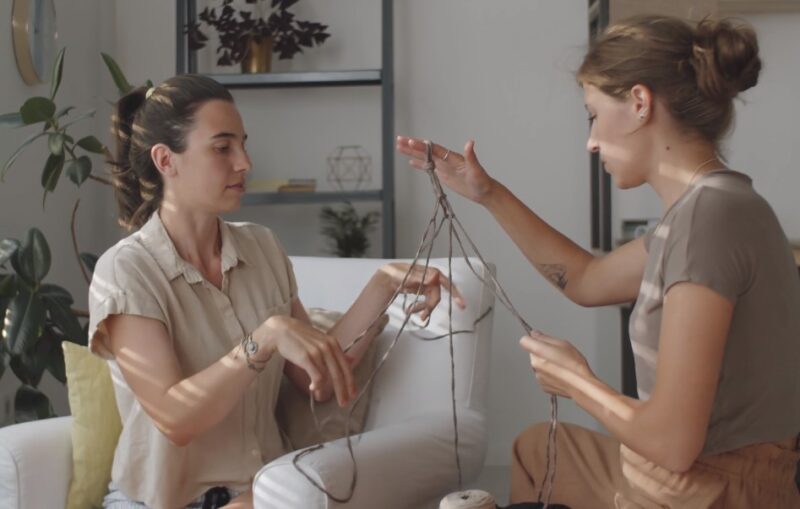
Online Communities and Forums
Crocheting is a wonderful hobby to share with others. Joining online communities and forums is a great way to connect with fellow crocheters, seek advice, and share your own projects.
Local Groups
If you prefer in-person interactions, consider joining a local crochet group or club. These gatherings provide an opportunity to meet like-minded individuals, learn new techniques, and exchange tips and tricks.
FAQs
What types of yarn are best for beginners in crochet?
Beginners should start with medium-weight yarn (also known as worsted weight or #4). This type of yarn is easy to work with as it’s not too thin or too thick. It allows you to see your stitches clearly and is widely available in a variety of colors, making it perfect for honing your skills.
Can I use any crochet hook for my projects, or do I need specific sizes?
While you can use different hook sizes for various projects, it’s essential to match the hook size to the yarn weight you’re using. The yarn label usually provides recommendations for the ideal hook size.
Using the recommended hook size ensures your stitches will be consistent and your project will turn out as expected.
Is it possible to crochet left-handed?
Absolutely! Left-handed crocheters can follow the same crochet patterns as right-handed crocheters, but they might reverse the instructions. You can find tutorials and resources specifically designed for left-handed crocheters to help you get started.
How do I fix a project if I make a mistake far back in my work?
If you make a mistake several rows back in your project, you can use a technique called “frogging.” To frog, carefully unravel your work until you reach the mistake, then re-crochet the affected area.
It’s a bit time-consuming but is an effective way to correct errors without starting from scratch.
Can I wash crochet items in a washing machine?
It depends on the type of yarn you’ve used and the project. Some yarns are machine washable, while others may require gentle handwashing to preserve their texture and shape.
Always check the yarn label and follow the care instructions provided to ensure your creations stay in great condition.
Summary
Well, that’s a wrap on our crochet adventure. Remember, crochet is all about having fun and making cool stuff, so don’t stress over it. Whether you’re a newbie or a seasoned pro, keep those hooks moving, try out new patterns, and enjoy the process.
Share your love for this craft with others, just like my grandma did with me, and let’s keep this crafty community growing.
